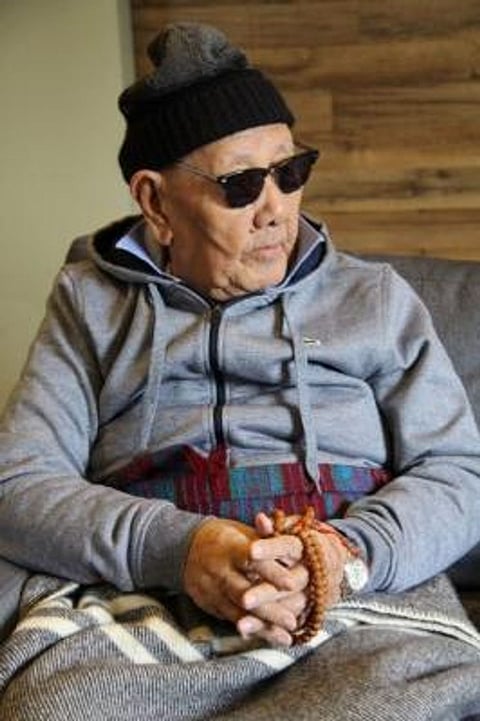
- Home
- न्यूजग्राम
- India
- World
- Politics
- Entertainment
- Culture
- Lifestyle
- Economy
- Sports
- Sp. Coverage
- Misc.
- NewsGram Exclusive
- Jobs / Internships

By Sanjeev Sharma
Since the epidemic began, the number of billionaires in Asia Pacific has increased dramatically. According to Oxfam's new research, it reached 1,087 in November 2021, up about a third from pre-crisis levels.
The severe and rising concentration of wealth at the top throughout this extended health and economic crises is even more obvious. In Asia Pacific, the richest 1% had more money than the poorest 90% in November 2021, and the region's billionaires had boosted their fortune by 74% since the epidemic began.
Also read: India, China face exodus of millionaires
Covid-19 has wreaked havoc on Asia's health and economy, exposing and increasing the region's severe levels of economic disparity. According to Oxfam, although wealthy elites can preserve their health and riches, the poorest people and minorities are at higher danger of sickness, death, and poverty.
Coronavirus has exacerbated the flaws of this inequitable system, fueling a vicious cycle of poverty and economic inequality in Asia.
Coronavirus and growing economic disparity, according to the World Bank, pushed 140 million more people into poverty in Asia in 2020, and 8 million more in 2021. These findings are likely to be underestimates due to new variations and greater inequality levels than expected7.
Asia's billionaires accumulated enough new money to provide a salary of over $10,000.wikipedia
So, although economic stagnation and lockdowns have ruined the lives of many impoverished and 'just managing' families, the region's wealthiest families have recovered and even extended their fortunes.
Between March and December 2020, Asia's billionaires accumulated enough new money to provide a salary of over $10,000 for each of the region's 147 million comparable jobs lost during that period. By November 2021, the number of billionaires in Asia Pacific had climbed by over a third compared to pre-pandemic levels, and their combined wealth had increased by 74%.
Some of the region's wealthiest individuals have directly benefitted from the crisis. For example, between February and June 2020, one of Malaysia's wealthy glove makers quadrupled his fortune. By March 2021, there were 20 new Asian 'pandemic' billionaires, whose profits sprang from the Covid-19 response's equipment, drugs, and services.
Also read: Study: Hypertension Hits Rich, Poor Nations
"Taxes on wealth and excess profits, for example, might generate significant additional income if governments are prepared to impose them. A wealth tax of 2-5 percent on Asia Pacific's multi-millionaires and billionaires might raise an additional $776.5 billion each year, according to our calculations. That would be enough to double the region's public health spending by 60% ", according to Oxfam.
In Asia, the allocation of productive assets such as land has long been lopsided. According to study conducted before to the present crisis, Pakistan's top 20% of farmers owned 69 percent of the country's agricultural land. In Thailand, the richest ten percent controlled more than 60% of the land, while the lowest ten percent owned only 0.07 percent.
While the epidemic continues to obstruct any recovery for Asia's poorest citizens, extreme wealth and corporate profits are on the rise. Not only did the wealthiest people recover fast in the early months, but they have continued to flourish as the coronavirus epidemic has progressed.
(IANS/PR)
(Keywords: Asia, rich, poor, Coronavirus, growing economic disparity, World Bank, Thailand, Pakistan, Asia Pacific's multi-millionaires)
